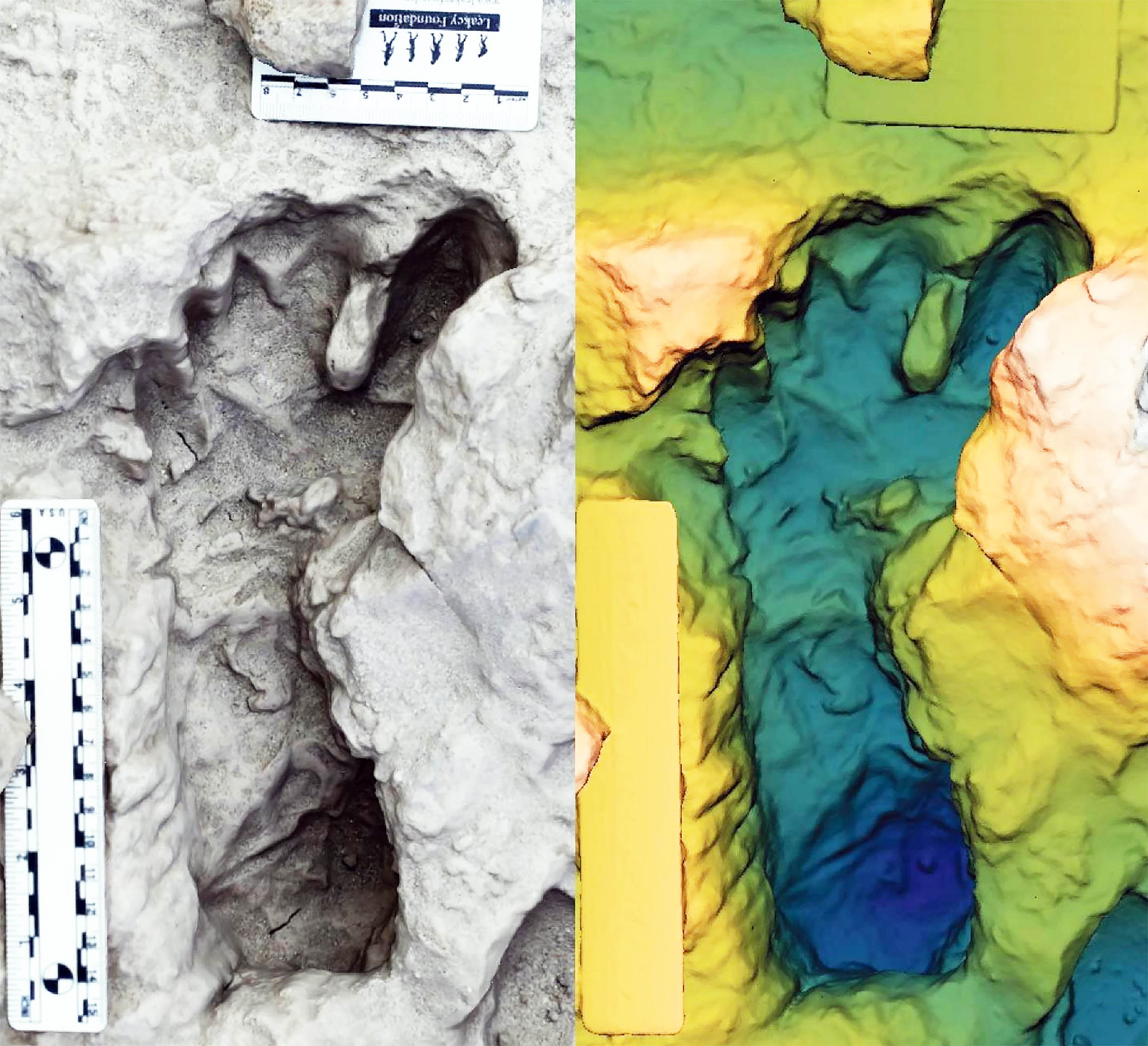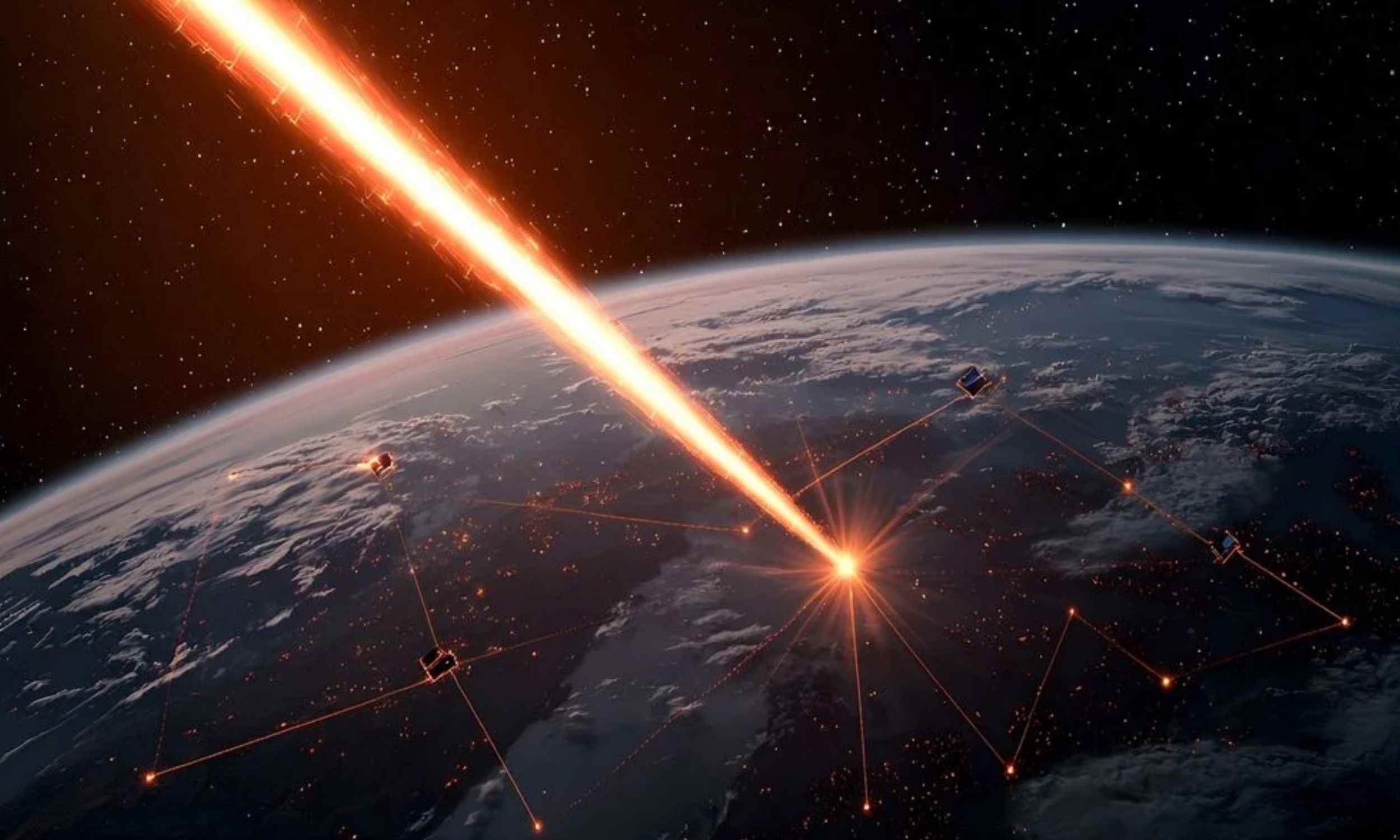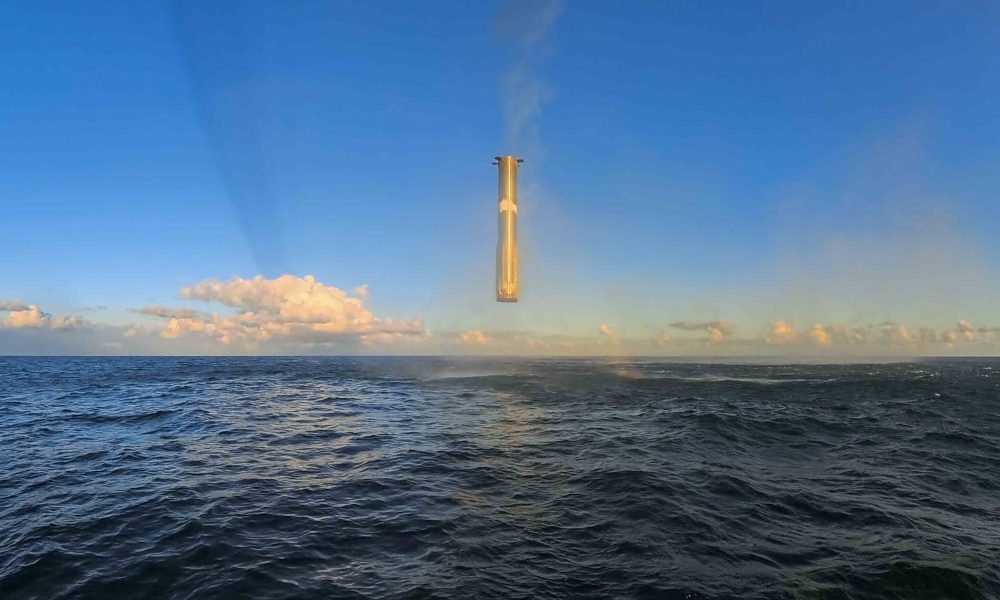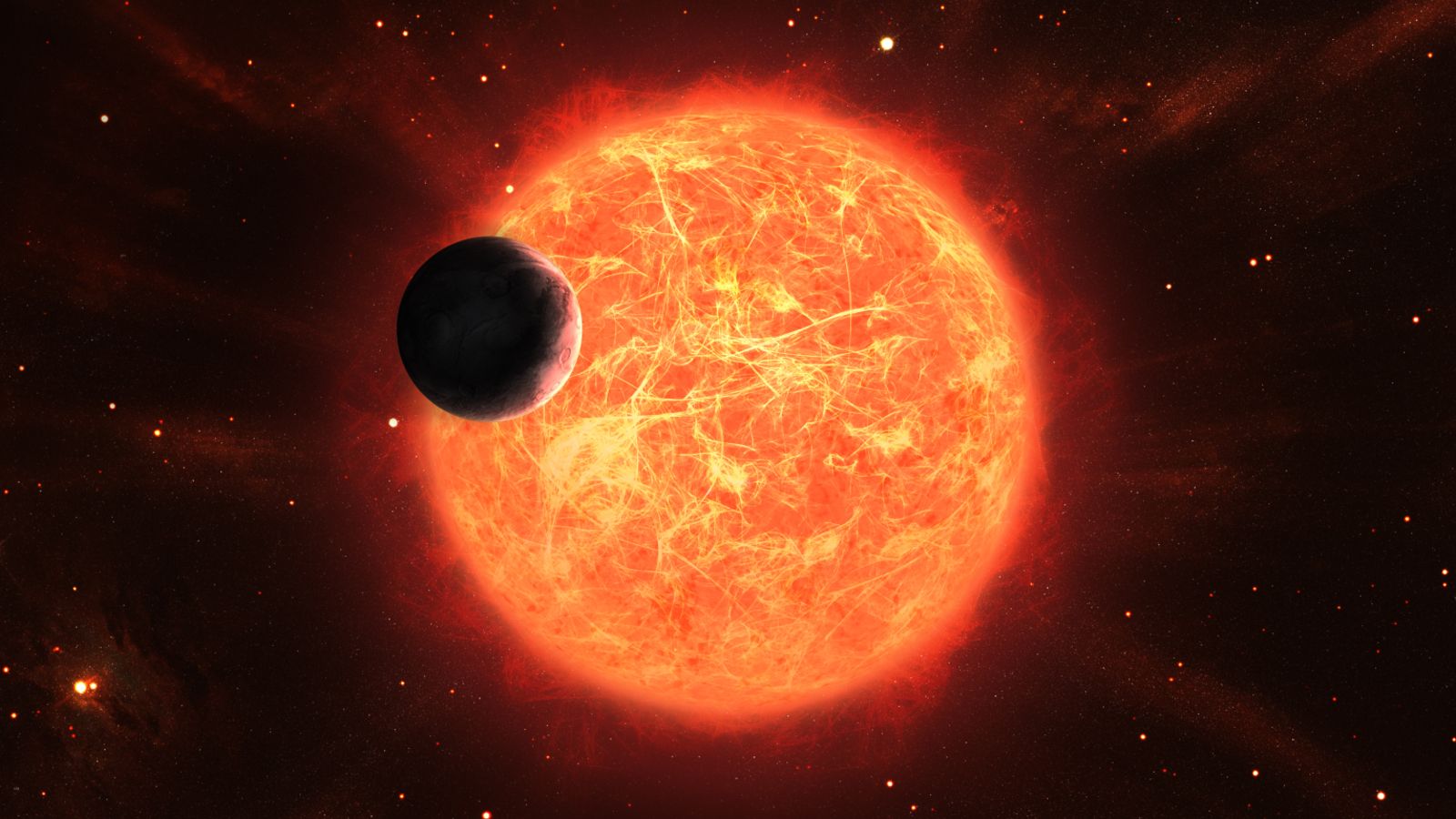Unbelievable Discovery on Titan: Chemistry's Rules are Being Rewritten!

What if I told you that the rules of chemistry you thought were cast in stone could be turned upside down by an icy moon in our solar system? Scientists from Chalmers University of Technology and NASA have unveiled a groundbreaking discovery on Saturn's enigmatic moon, Titan, which not only challenges fundamental chemistry principles but also offers thrilling insights into the origins of life.
For decades, Titan has captivated researchers due to its alien-like characteristics. With a dense atmosphere rich in nitrogen and methane, it’s believed to emulate the early Earth, a time when life was just beginning to take shape. By delving into Titan’s frigid landscapes, scientists aim to unlock the secrets of life’s building blocks, and it seems they may have taken a giant leap forward.
Martin Rahm, an Associate Professor at Chalmers, has dedicated years to unearthing Titan’s chemical secrets. His team has recently discovered that under the extreme cold of Titan—where temperatures can plummet to about -180 degrees Celsius—substances that usually refuse to mix can indeed combine. This revelation poses exciting possibilities for future research into Titan’s unique surface and atmosphere.
In research published in PNAS, Rahm and his colleagues revealed that common compounds found on Titan, like methane and hydrogen cyanide, interact in ways once thought impossible. Imagine trying to mix oil and water—typically a no-go. Yet, this study shows that hydrogen cyanide, a polar molecule, can create crystals alongside nonpolar hydrocarbons like methane and ethane.
“These findings are monumental,” Rahm declared. “They could redefine our understanding of Titan’s geology and its bizarre landscapes of lakes, seas, and dunes. Moreover, hydrogen cyanide might play a crucial role in forming essential components of life, such as amino acids and nucleobases.”
The collaboration began with a tantalizing question: What happens to hydrogen cyanide after it forms in Titan's atmosphere? To crack the mystery, NASA’s Jet Propulsion Laboratory conducted experiments at chilling temperatures. Using advanced laser spectroscopy, they discovered that hydrogen cyanide can actually crystallize while remaining stable with other compounds—an astonishing twist that defies the long-held chemistry adage, ‘like dissolves like’.
The Chalmers team employed extensive computer simulations to investigate these molecular interactions further. Their work confirmed that stable co-crystals could form in Titan’s extreme conditions, suggesting that these surprising mixtures could exist on the moon’s surface.
“Even though this discovery challenges established chemistry principles, it doesn't mean we need to rewrite the textbooks just yet,” Rahm noted with a hint of humor. “It's a perfect example of how science continuously pushes its boundaries.”
As NASA gears up for the arrival of its Dragonfly space probe in 2034, all eyes are on Titan. Until then, Rahm and his team are set to continue their exploration of hydrogen cyanide, collaborating closely with NASA. Their findings may not only illuminate Titan’s enigmatic chemistry but could also help us understand life’s possibilities in the universe beyond Earth.

























